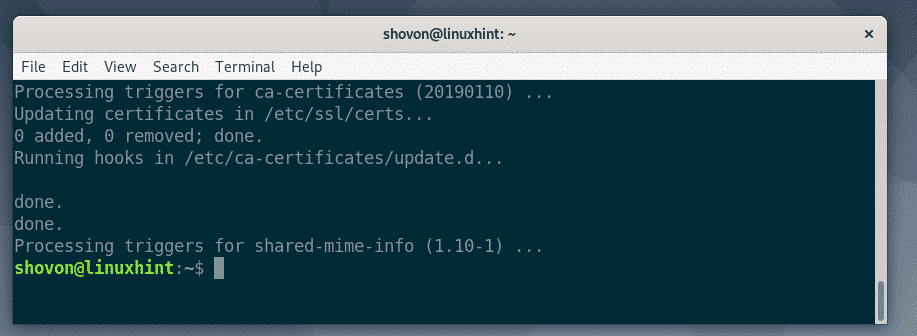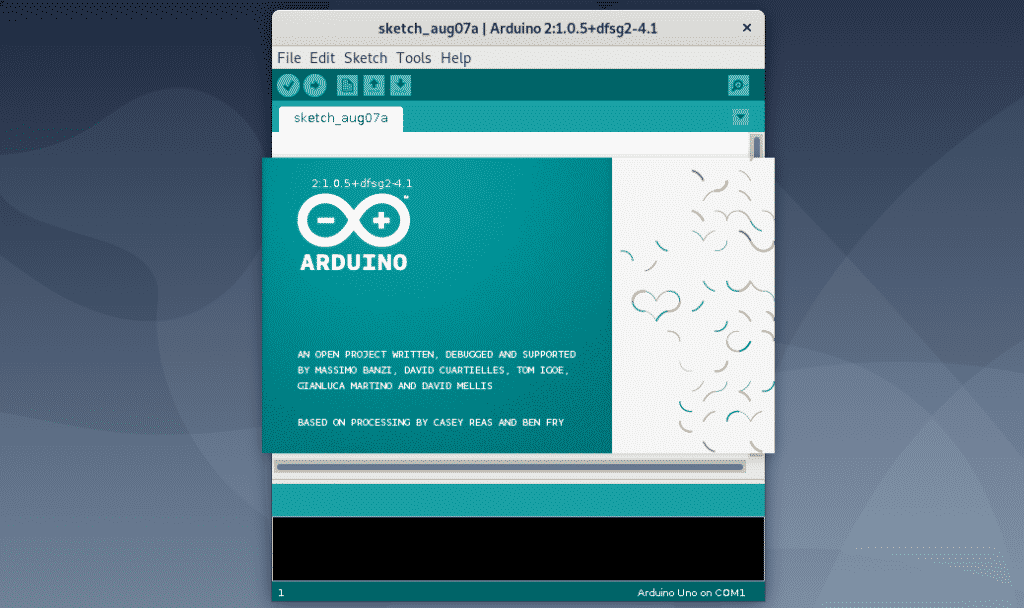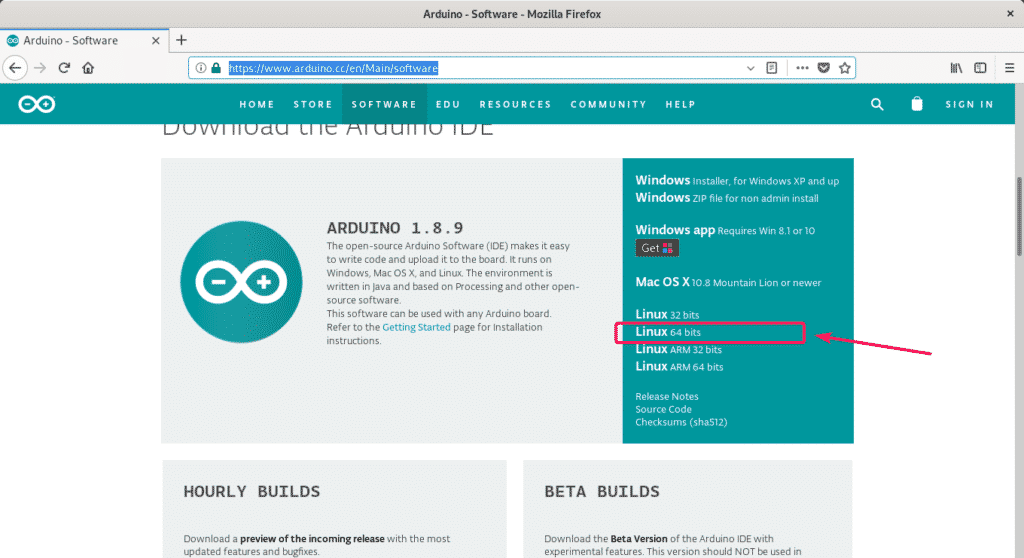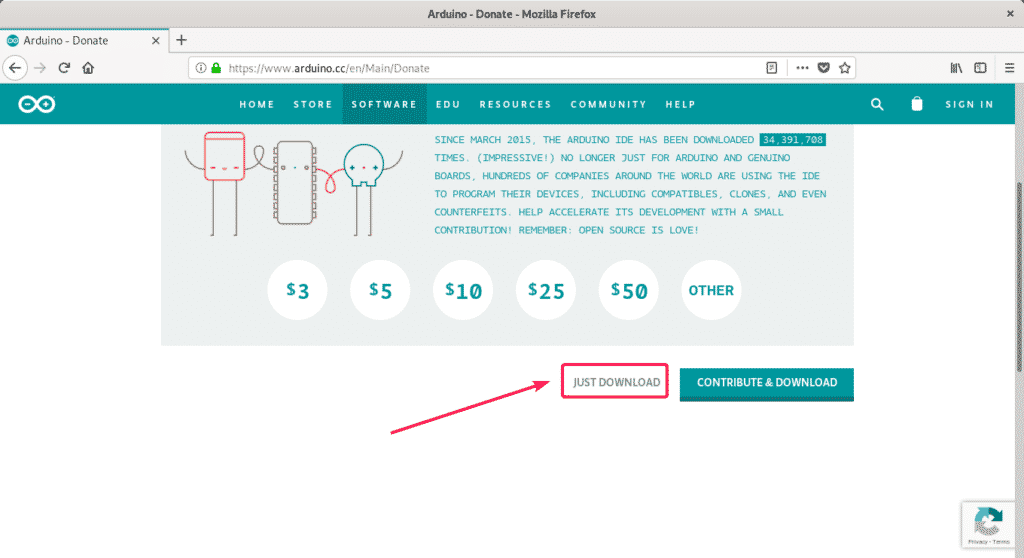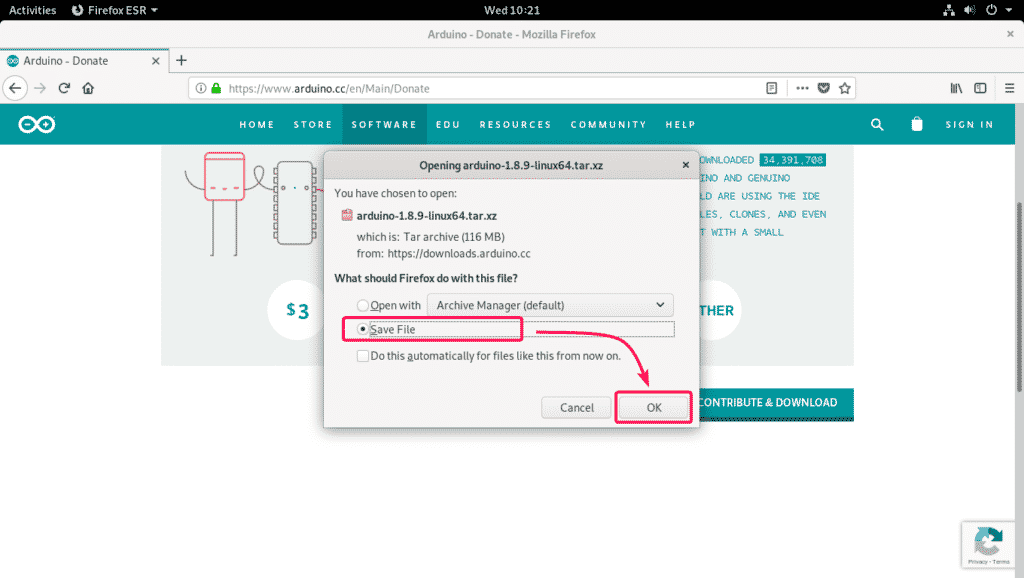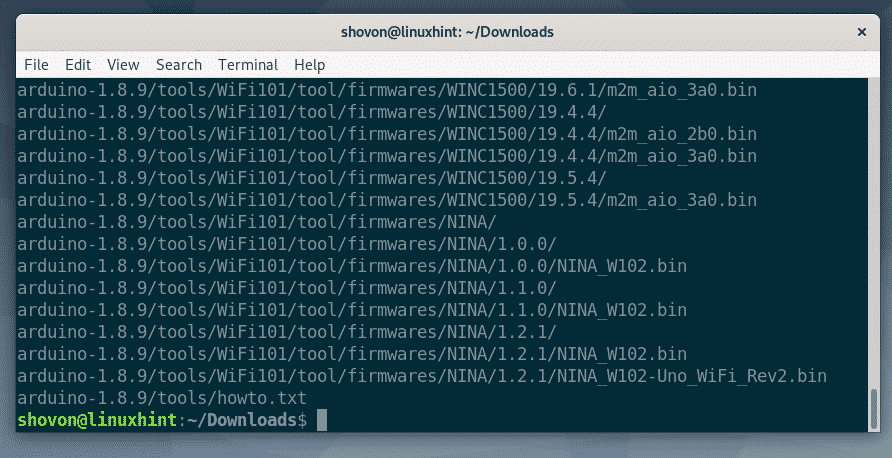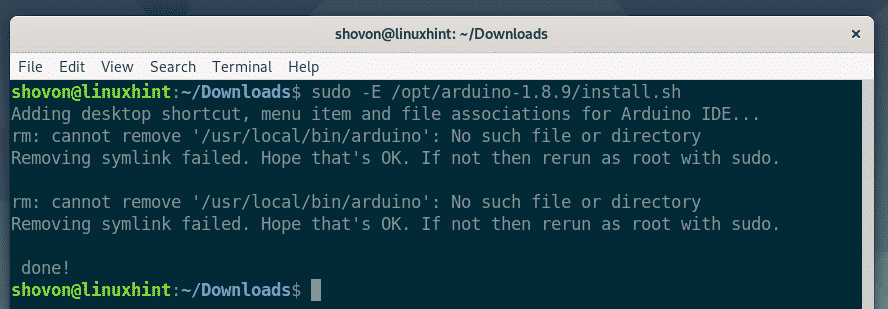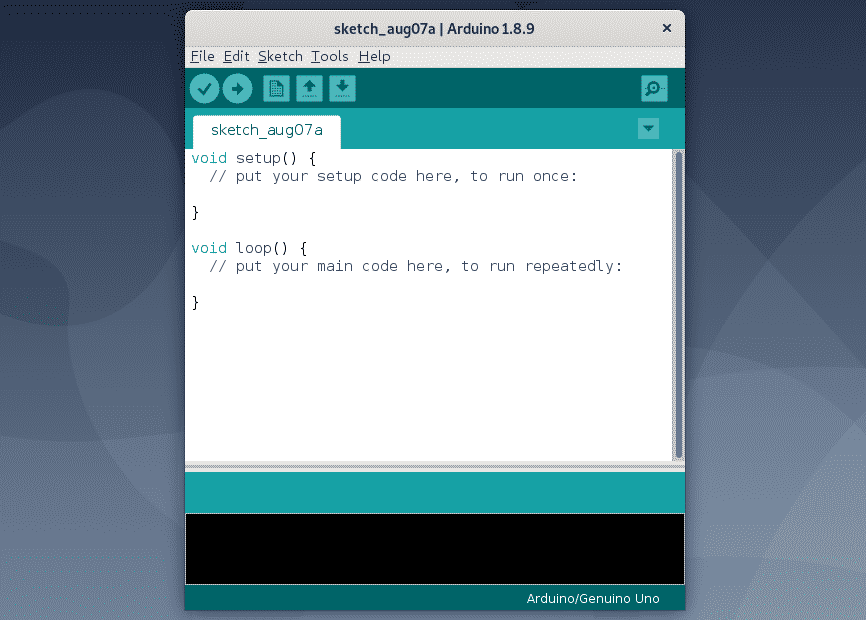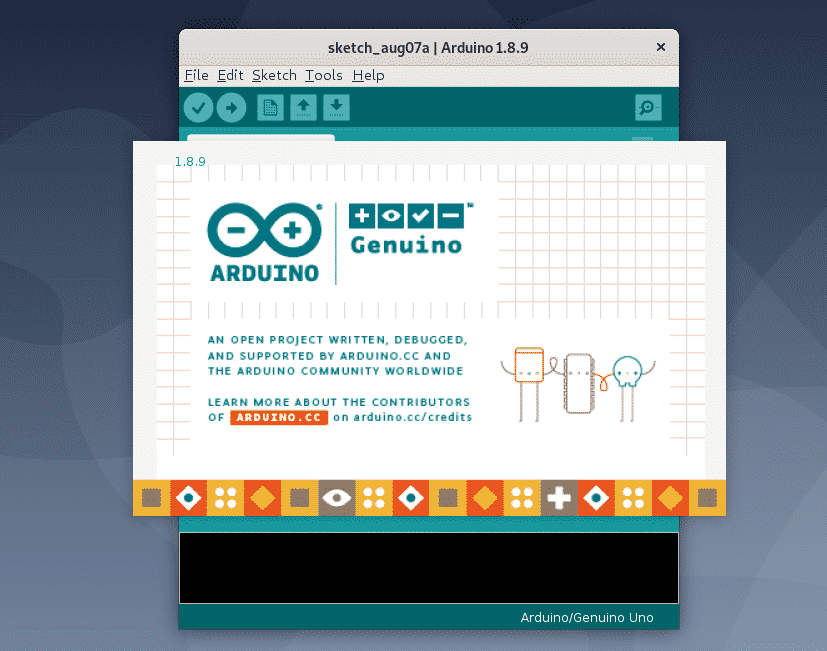In this article, I am going to show you how to install Arduino IDE on Debian 10. So, let’s get started.
Installing Arduino IDE from the Official Debian 10 Repository:
Arduino IDE is available in the official package repository of Debian 10 Buster. So, you can easily install it on your Debian 10 machine using the APT package manager.
First, update the APT package repository cache with the following command:
The APT package repository cache should be updated.
Now, install Arduino IDE with the following command:
Now, press Y and then press <Enter> to continue.
APT package manager will download and install all the required packages.
Arduino IDE should be installed at this point.
Now, you have to add your Debian 10 login user to the dialout group. Otherwise, you will not be able to upload your Arduino codes to the Arduino microcontroller.
To add your Debian 10 login user to the dialout group, run the following command:
Now, restart your Debian 10 machine with the following command:
Once your computer starts, you can find the Arduino IDE in the application menu of Debian 10. Click on the Arduino IDE icon to start it.
Arduino IDE should start as you can see in the screenshot below.
If you go to Help > About Arduino, you can see that the Arduino IDE version is 1.0.5. It is really old.
In the next section, I am going to show you how to install the latest Arduino IDE from the official website of Arduino.
Installing Arduino IDE from the Official Website:
It is easier to get Arduino IDE installed from the official Debian 10 package repository but as the IDE version is very old, it may cause a lot of problems for you. But don’t worry. You can download and install the latest version of Arduino IDE from the official website of Arduino.
First, visit the official Arduino IDE page from your favorite web browser. Now, scroll down a little bit and click on Linux 64 bits link as marked in the screenshot below.
If you want, you can donate to the Arduino project. If you don’t want to donate, just click on JUST DOWNLOAD button as marked in the screenshot below.
Your browser should prompt you to save the Arduino IDE archive. Select Save File and click on OK.
Your browser should start downloading the Arduino IDE archive. It may take a while to complete.
Now, navigate to the ~/Downloads directory with the following command:
You should be able to find the Arduino IDE archive that you’ve just downloaded as you can see in the screenshot below. Remember the archive name.
Now, extract the archive in the /opt directory with the following command:
The archive should be extracted to the /opt directory.
A new directory should be created in the /opt directory as you can see in the screenshot below. Remember the directory name.
Now, run the following command to create a desktop launcher for Arduino IDE and add a symbolic link of the Arduino executable to the PATH.
Arduino IDE desktop launcher/shortcut should be created. You can also access the Arduino executable from the command line.
Now, you have to add the Debian 10 login user to the dialout, tty, uucp and plugdev group. Otherwise, you won’t be able to upload your Arduino code to the Arduino microcontroller.
To add the Debian 10 login user to the dialout group, run the following command:
To add the Debian 10 login user to the tty group, run the following command:
To add the Debian 10 login user to the uucp group, run the following command:
To add the Debian 10 login user to the plugdev group, run the following command:
Now, restart your Debian 10 machine with the following command:
Once your computer starts, you should be able to find Arduino IDE in the Application Menu of Debian 10 as you can see in the screenshot below. Click on it to start the Arduino IDE.
Arduino IDE should start.
As you can see from Help > About Arduino, I am running Arduino IDE 1.8.9. This is the latest version of Arduino IDE at the time of writing.
So, that’s how you install Arduino IDE on Debian 10. Thanks for reading this article.






